ap art history prehistoric/egyptian
1/53
There's no tags or description
Looks like no tags are added yet.
Name | Mastery | Learn | Test | Matching | Spaced |
|---|
No study sessions yet.
54 Terms
anthromorphic
resembling human form, but not in itself human
having human characteristics
archaeology
burin
a pointed tool used for engraving or incising (scratching)
ceramic
generally made by taking mixtures of clay, earthen elements, powders, and water and shaping them into desired forms
once the ceramic has been shaped, it is fired in a high temp oven called a kiln
cong
henge
incised
megalith
post-and-lintel
relief sculpture
figures projecting from a background of which they are part of
low, high, and sunken relief
sculpture in the round
shamanism
the belief that certain people (shamans) can travel outside of their bodies in order to mediate between the worlds of living and the spirits
stele
an upright stone slab used to mark a grave or a site
stylized
terracotta
unglazed, typically brownish-red earthenware, used chiefly as an ornamental building material and in modeling
twisted perspective
when part of the figure is shown in profile while another part of the same figure is shown frontally; also known as composite view
paleolithic
paleo: “old”
lithos: “stone”
30,000-8,000 B.C.E. (Near East)
neolithic
“new stone”
8,000-3,000 B.C.E. (Near East)
great hall of the bulls (lascaux cave paintings)
lascaux, dordogne, France
15,000-13,000 B.C.E.
pigment on stone
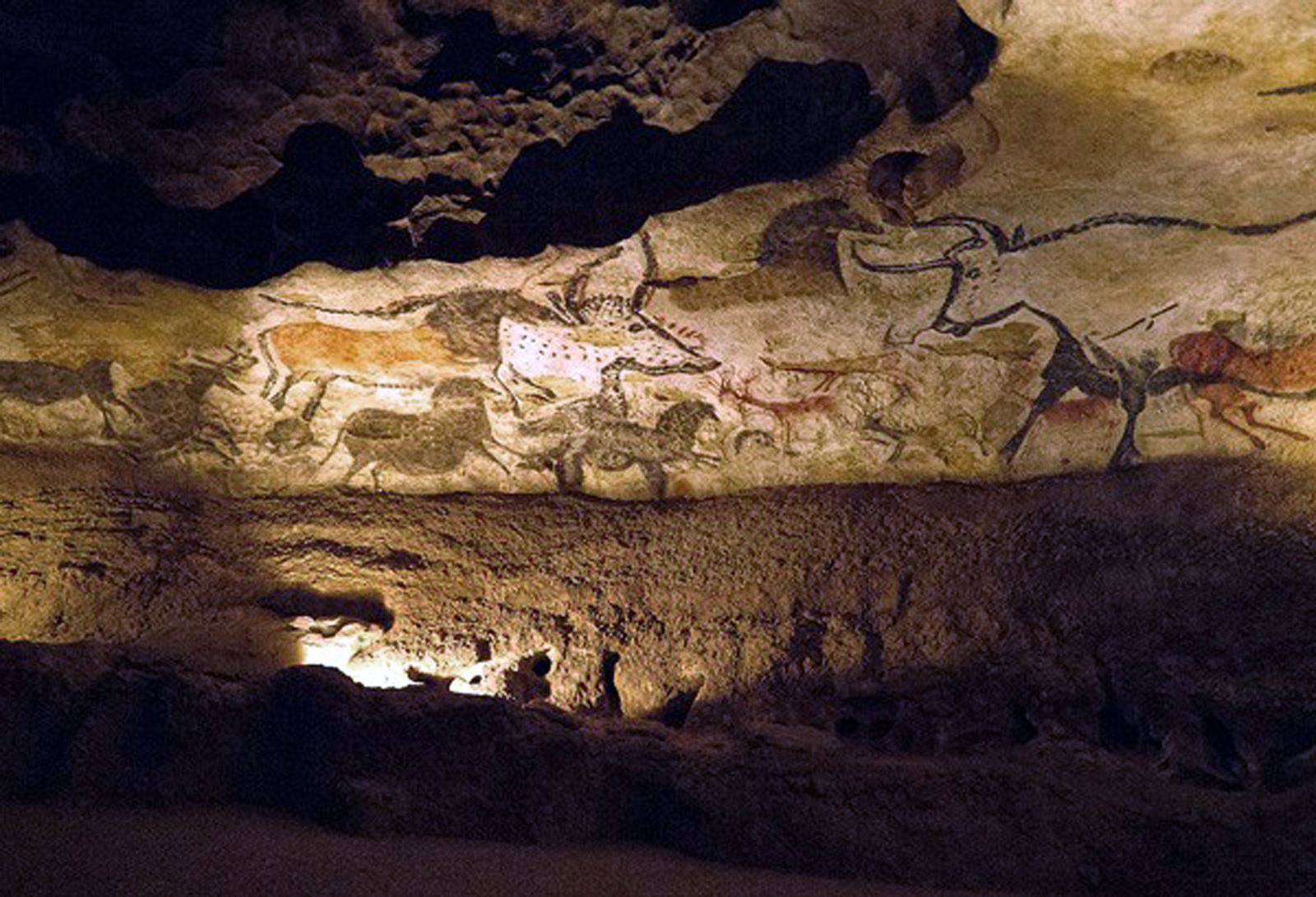
running horned woman
tassili n’Ajjer, Algeria
6,000-4,000 BC
rock painting
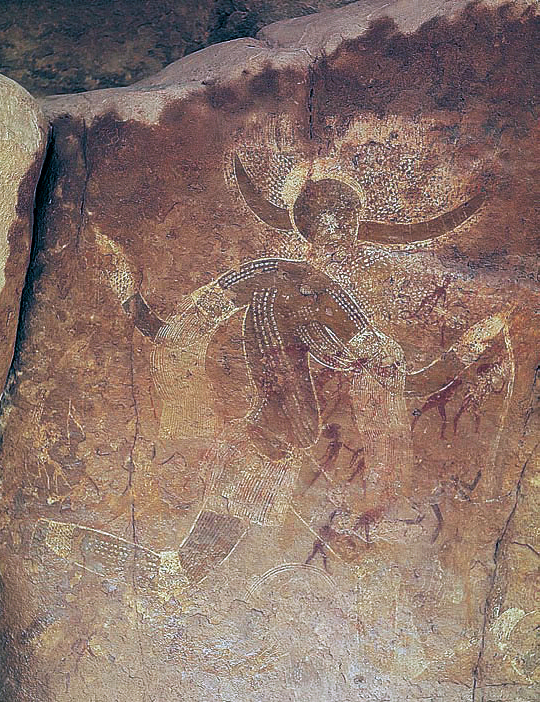
apollo 11 stones
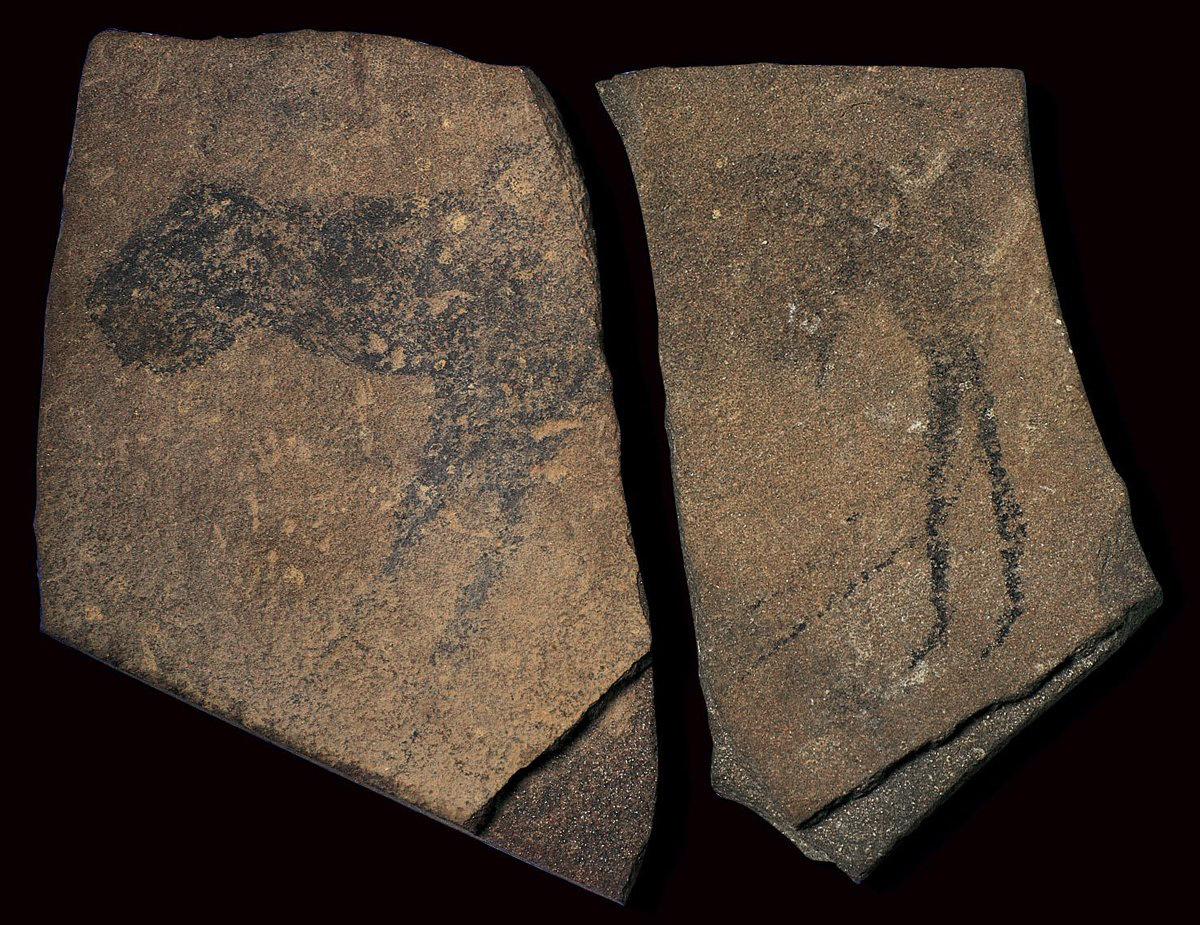
altamira cave paintings
santander, spain
12,000-11,000 B.C.E.
pigment on stone
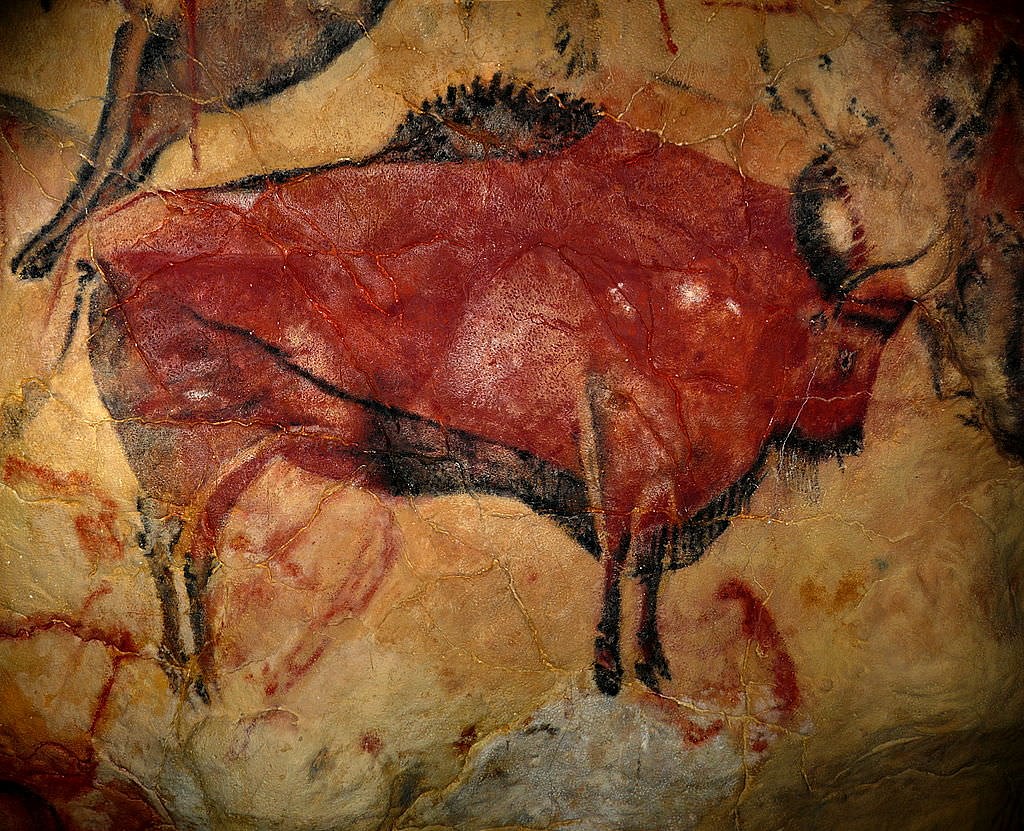
beaker with ibex motifs
susa, southwestern iran
4,200-3,500 BC
terracotta
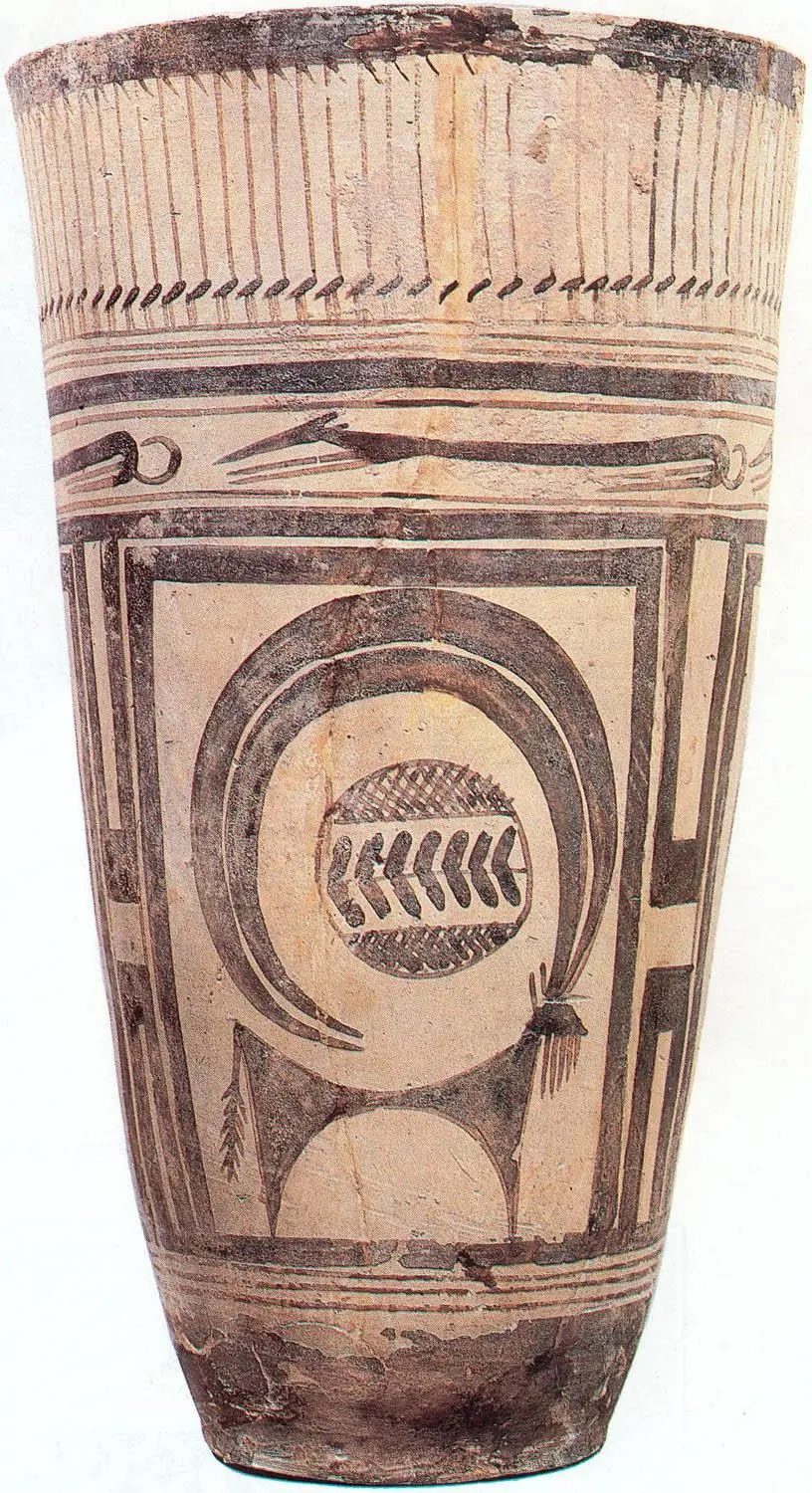
camelid sacrum in the shape of a canine
tequizquiac, central mexico
14,000-4,000 B.C.E.
bone
made from the new fossilized remains of the sacrum of an extinct camelid
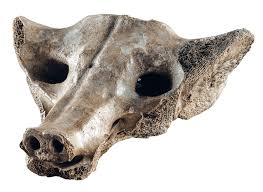
anthropomorphic stele
arabian peninsula
fourth millennium B.C.E. sandstone

jade cong
liangzhu, china
3300-3200 B.C.E.
carved
the ambum stone
ambum valley, enga province, papua new guinea
1500 B.C.E.
greywacke
tiatilco female figurine
central mexico, site of tlatilco
1200-900 B.C.E.
ceramic with traces of pigment
terracotta fragment
lapita, from the solomon islands
1000 BC
terra cotta
apadana
bas-relief
capital
cella
(central hall)
chamber at center of a temple set aside for divinity
cuneiform
facade
ground plan
hierarchy of scale
the greater the height of the figures are, the greater importance they are
lamassu
negative space
register
long, thin band, like basquiat triptych
read from bottom left-right and up
least important people would be at bottom
votive
ziggurat
a monumental platform for a temple
SABHAPS
sumerian
akkadian
babylonian
hittite
assyrian
persian
susanian
white temple and ziggurat
iraq
mud brick
female head (possibly inanna)
iraq
marble
warka vase
iraq
alabaster
statuettes of worshippers
iraq
gypsum, shell, black limestone
votive offerings of men and women - images dedicated to the Gods
Standard of Ur
Ur Iraq (Southern Mesopotamia), 2600 BCE
Wood, shell, lapis lazuli, red limestone Standard: Banner to be paraded after a victory
All of the materials come from different countries (shows extensive trade)
Lapis Lazuli from Afghanistan
Shells from Persian gulf
Red Limestone from India
bull-headed lyre
royal cemetary ur
wood, gold leaf, lapis lazuli